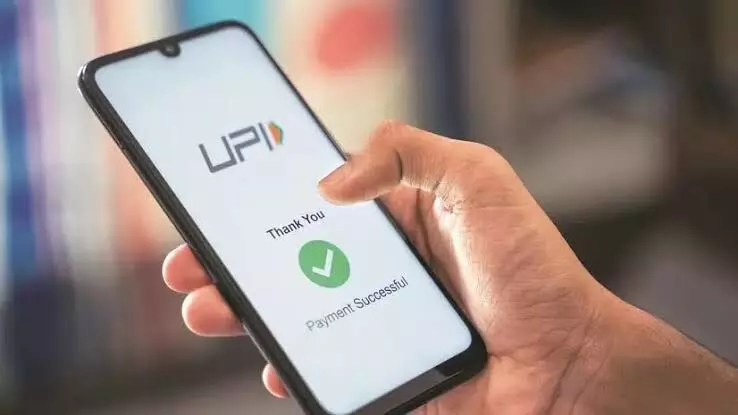New rules for Google Pay, PhonePe, PayTM users from Aug 1; check guidelines
These rule changes are aimed at improving user experience
By Sri Lakshmi Muttevi
Representational Image
New Delhi : National Payments Corporation of India (NPCI) will roll out a set of new rules aimed at streamlining operations on UPI-based apps such as Google Pay, PhonePe, and PayTM.
Starting August 1, these changes are expected to impact frequent users, particularly during peak transaction hours.
Limit in balance checks: One of the key updates is a daily cap of 50 balance checks per app. This restriction is intended to ease network congestion during high-traffic periods. Additionally, banks must now include available balance information with every financial transaction initiated by the user.
Specific timings for autopayments: Changes are also coming to recurring payments and autopay mandates—such as EMIs, SIPs, or OTT subscriptions. These transactions will only be processed during designated windows: before 10 AM, between 1 PM and 5 PM, and after 9:30 PM. Payments scheduled outside these windows may be rescheduled accordingly. The move is designed to avoid autopay processing during peak hours—10:00 AM to 1:00 PM and 5:00 PM to 9:30 PM. If a payment fails, there will be retries, after which the transaction may be canceled.
Limited fetch of bank accounts: Users will also be limited to 25 daily requests to fetch information linked to their mobile number—such as viewing a list of associated bank accounts. These requests will be allowed only after the user selects their bank within the UPI app.
Real-time status of payments: To improve transparency and reduce confusion during failed or delayed transactions, UPI apps will now be required to display the real-time status of payments within seconds. Users can check a transaction’s status only three times, with a mandatory 90-second gap between each attempt.
Additional verification: A new security feature will let users see the recipient’s registered name before completing a money transfer—adding another layer of verification to prevent erroneous payments.
These rule changes are aimed at improving user experience, reducing system load, and ensuring smoother operations across the UPI ecosystem.